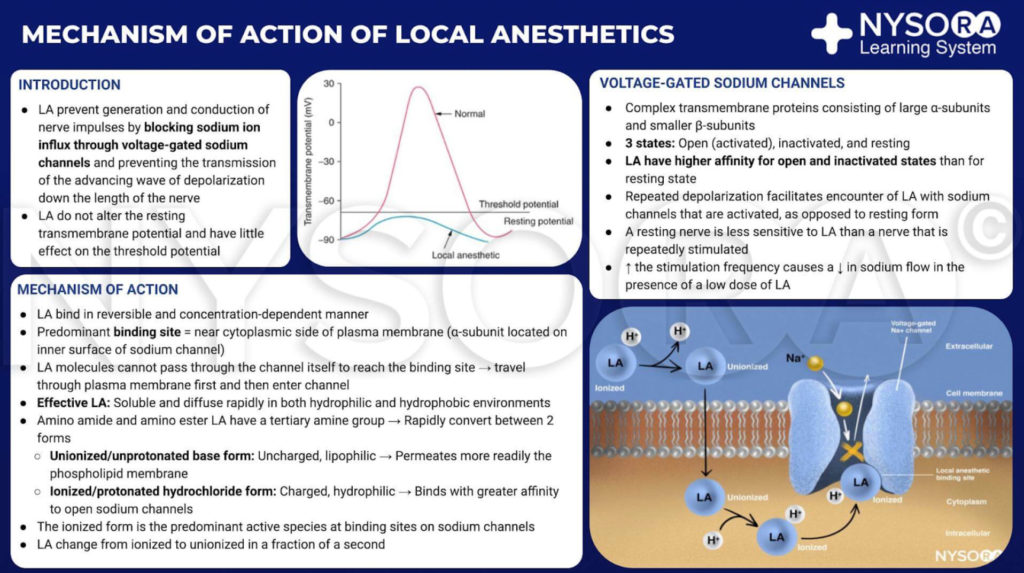Reference




Reference




OpenAI's Answer
Nisoxetine has been found to be more potent and to have a longer duration of action in producing cutaneous anesthesia compared to lidocaine. Several studies have indicated that nisoxetine is approximately four times more potent than lidocaine in this regard, and it also exhibits a prolonged action period for cutaneous (peripheral) anesthesia (source, source, source).
In terms of mechanism, nisoxetine works by blocking sodium currents, similar to other local anesthetics, which contribute to its potent anesthetic properties (source, source).
In contrast, lidocaine, although widely used due to its effective and rapid-onset anesthetic properties, is considered less potent and has a shorter duration of action compared to nisoxetine. Lidocaine's less lipid-soluble nature limits its potency versus other agents (source, source).
Here are some related images that help explain the properties and comparative potencies of these local anesthetics:


Follow Up
Related
What role do sodium channels play in nisoxetine's potential local anesthetic effects?
Which degrees did Brian A. Hopkins earn from the University of Memphis and Oklahoma State University
What is the length difference between the left and right tubes?
What are the alternative tonometers to the Goldmann tonometer for accurate IOP measurement?